Panaji
A complete tourist and cultural guide
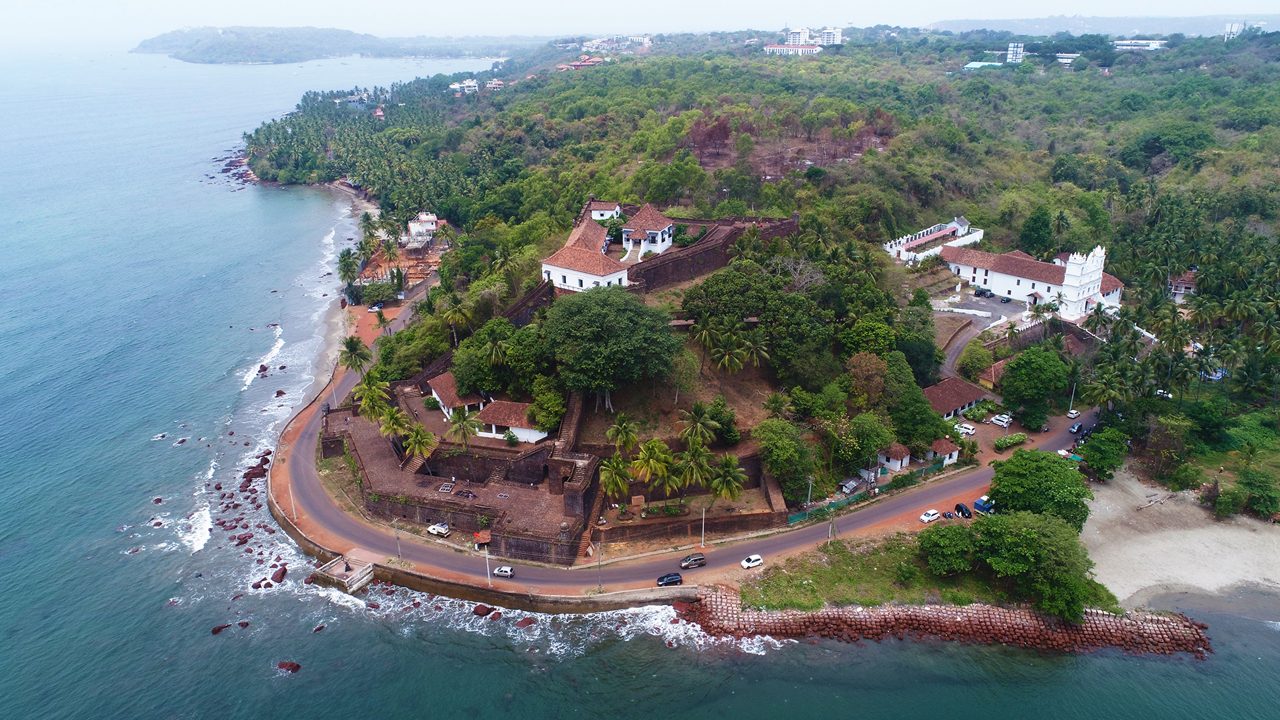
The capital of Goa, blends colonial charm with coastal beauty. From its scenic riverfront and colorful Latin Quarter to grand churches and lively markets, the city offers a perfect mix of history, culture, and leisure. It’s an inviting destination for both relaxation and exploration.
Wiki Link: Panaji
Must-Visit Attractions in Panaji
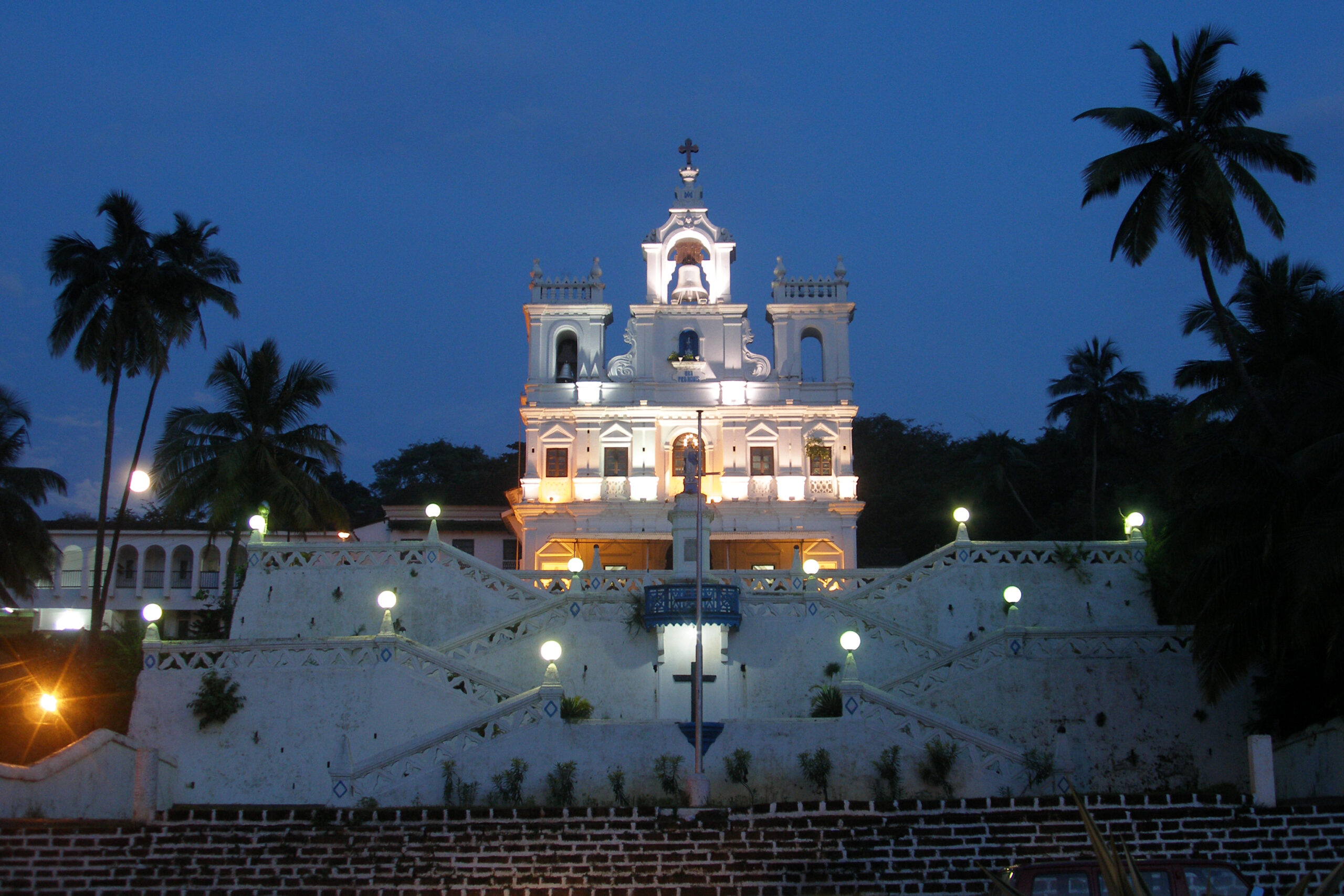
Our Lady of the Immaculate Conception Church
A 16th-century landmark with a striking baroque façade, this church offers peace and panoramic city views.

Fontainhas (Latin Quarter)
Known for its Portuguese-style houses and narrow lanes, Fontainhas exudes old-world charm.
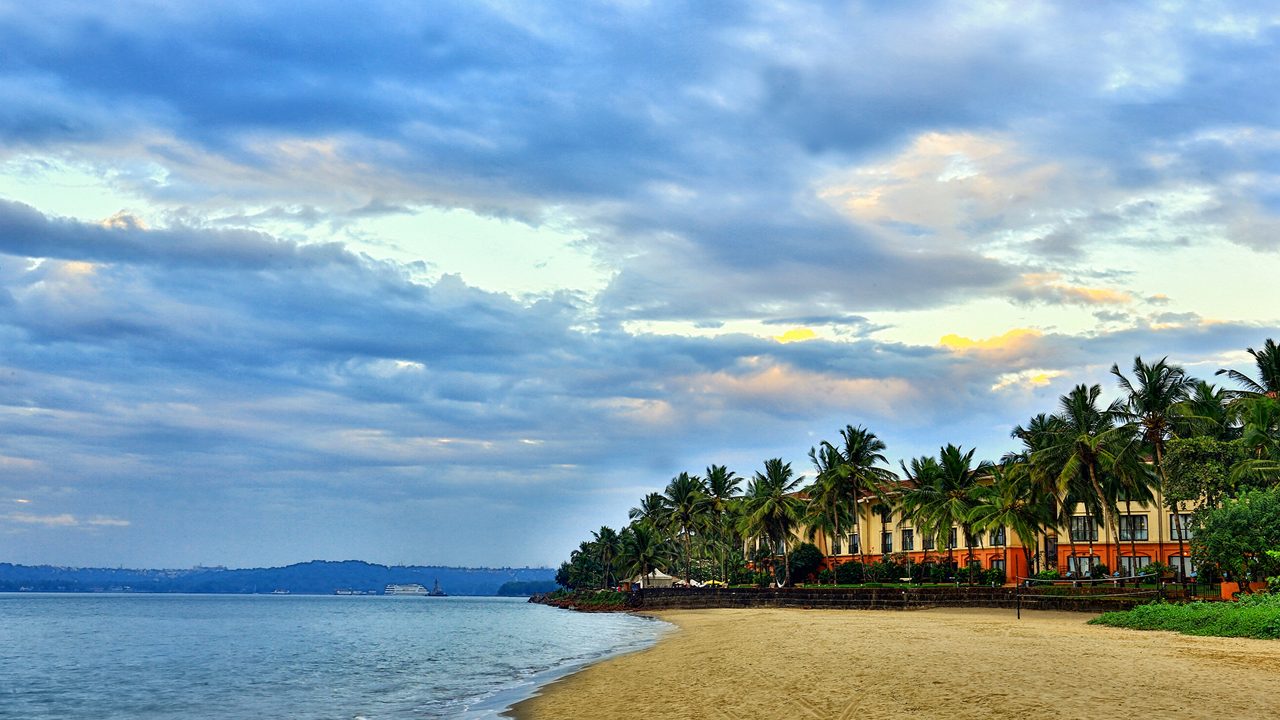
Miramar Beach
A popular city beach where the Mandovi River meets the Arabian Sea. Ideal for leisurely strolls and sunset views.

Goa State Museum
Showcasing Goa’s history, art, and culture, the museum is a treasure trove for history enthusiasts.
Major Attractions Nearby Panaji
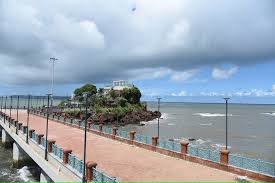
Dona Paula Viewpoint
Famous for its romantic legend and sweeping sea views, Dona Paula is a serene spot for photography and relaxation.

Reis Magos Fort
A restored 16th-century fort overlooking the Mandovi River. It combines history with scenic beauty and cultural exhibitions.
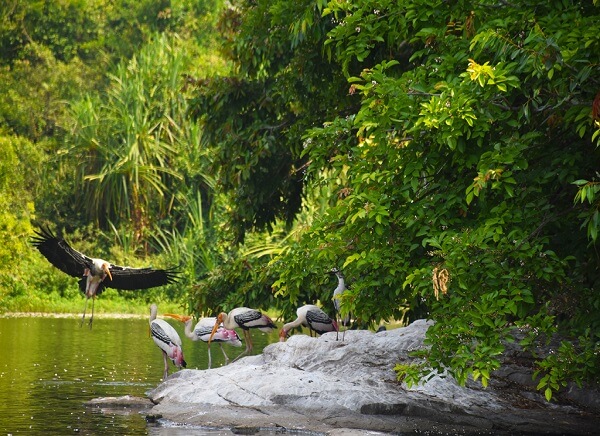
Dr. Salim Ali Bird Sanctuary
A haven for birdwatchers, this mangrove sanctuary hosts migratory and local species. Best explored by boat.

Basilica of Bom Jesus, Old Goa
A UNESCO World Heritage Site housing the relics of St. Francis Xavier. It is one of the most revered churches in Goa.
Things to do in Panaji
From exploring Portuguese-style quarters to enjoying river cruises and lively markets, the city offers a perfect mix of tradition and modern charm.

Take a Sunset Cruise on the Mandovi River
Enjoy live Goan music, dance performances, and stunning sunset views while cruising along the Mandovi River.

Shop at the Local Markets
Browse Panaji’s bustling markets for souvenirs, Goan spices, cashew nuts, and handcrafted items that reflect local culture.

Explore Fontainhas on Foot
Wander through Panaji’s Latin Quarter, admire Portuguese architecture, and soak in the artistic charm of vibrant streets.

Try Authentic Goan Cuisine
Relish dishes like Goan fish curry, pork vindaloo, and bebinca at local eateries for a true taste of Goan flavors.
The Performing Art of Panaji
A vibrant hub of art and culture, Panaji reflects Goa’s rich blend of Indian and Portuguese influences in its performing arts. Music plays a central role, with traditional Goan folk songs, mando, and fado echoing the soulful heritage of the region, alongside classical Hindustani music performances. Dance is equally significant, with folk forms like Fugdi and Dhalo celebrated during festivals, while contemporary dance and theater thrive in the city’s cultural spaces. The famous Tiatr (Goan musical theater) continues to captivate audiences, combining humor, drama, and music in a unique way. Panaji’s performing arts scene bridges tradition and modernity, keeping the city’s cultural rhythm alive.
Mando & Dekhni
Fugdi & Dulpod
Live Bands & Jazz
Traditional Goan folk music like Mando and Dulpod narrates tales of love and daily life, often performed with violins and guitars. Fado, a soulful Portuguese style, is still sung in heritage quarters, while Western classical music thrives through concerts and choirs. The city also embraces vibrant Konkani pop and lively brass bands, adding a modern touch to its musical charm
Goff
Dhalo
Corridinho
Fugdi and Dhalo are women-centric dances performed during festivals and social gatherings, while Corridinho, a Portuguese folk dance, reflects the state’s colonial heritage. Carnival parades bring flamboyant Latin-inspired dances, while Dekhnni gracefully blends Indian and Western influences. These performances, full of rhythm and color, make Panaji’s cultural life truly unique.

City Vibes - Timeless Charm
Panaji exudes a laid-back yet vibrant charm, where old-world Portuguese elegance meets modern Goan spirit. The city’s Latin Quarter with its colorful houses, quaint cafés, and art galleries reflects a timeless atmosphere. By day, the Mandovi Riverfront is serene, while by night it comes alive with cruises, music, and street food.
Life here moves at a leisurely pace, with siesta culture, heritage walks, and a strong sense of community. Panaji blends tradition, art, and festivity, making it a city that feels both nostalgic and refreshingly lively.
Heritage of Panaji
Panaji, the capital of Goa, is a charming blend of Indian tradition and Portuguese heritage. Its colonial past is beautifully reflected in the Latin Quarter of Fontainhas, with brightly painted houses, old churches, and cobbled streets that preserve centuries-old architecture. The Our Lady of the Immaculate Conception Church, dating back to the 16th century, stands as an iconic symbol of Portuguese influence. Panaji’s heritage is also enriched by its Hindu temples, such as the Mahalaxmi Temple, showcasing a cultural balance.

Cuisine of Panaji
From spicy seafood curries to unique sweets, the city’s cuisine offers a vibrant mix of tangy, spicy, and aromatic dishes that reflect its coastal and colonial heritage.

Goan Fish Curry
A tangy, spicy curry made with fresh fish, coconut, and tamarind, this is Panaji’s signature dish. It is best enjoyed with steamed rice and captures the true essence of coastal Goa.

Pork Vindaloo
Introduced by the Portuguese, this fiery dish is cooked with pork, vinegar, and red chilies. Its bold flavors make it a must-try for spice lovers.

Bebinca
A rich, layered dessert made with coconut milk, eggs, and ghee, Bebinca is a festive sweet that showcases Goa’s Portuguese influence.
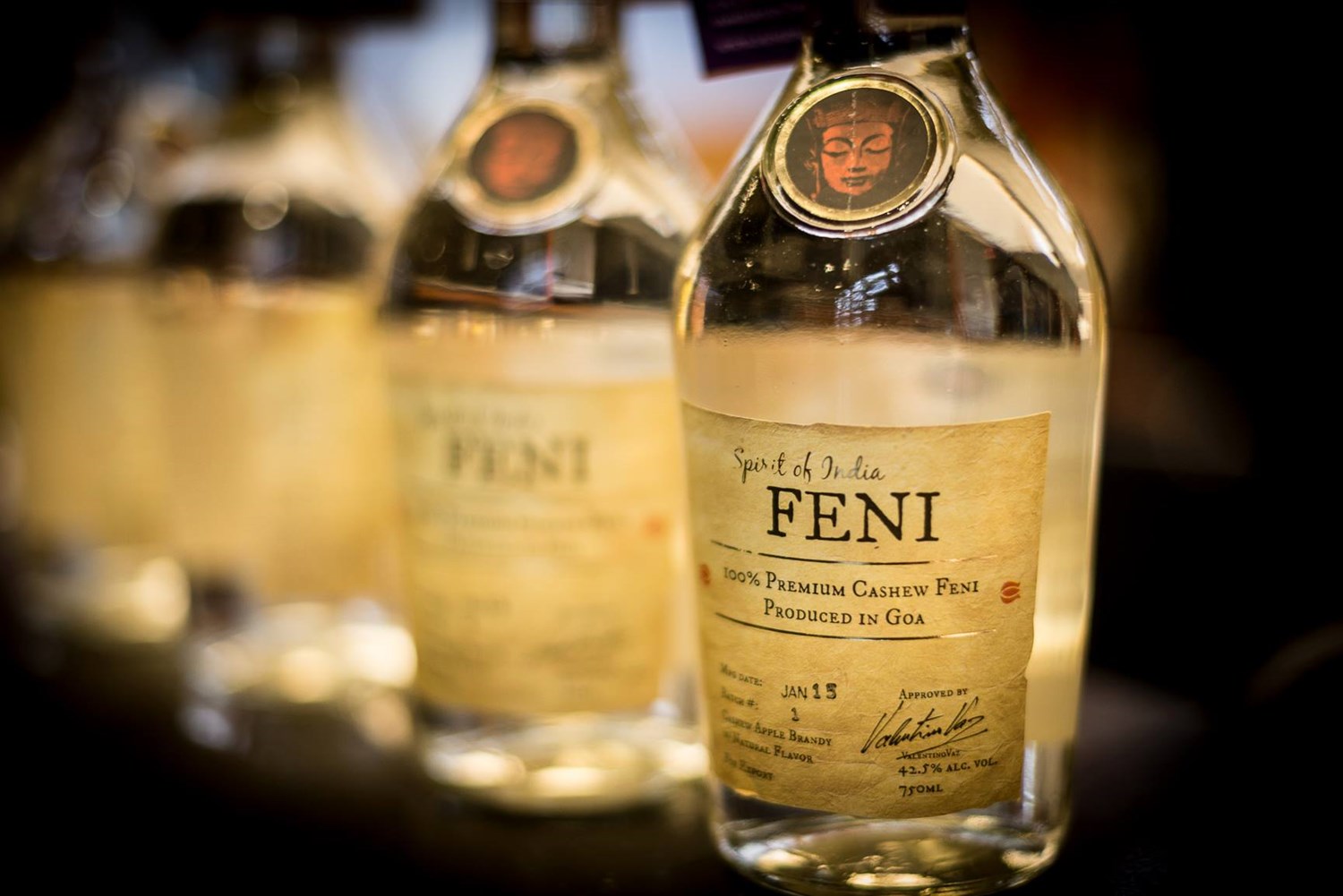
Feni
A locally brewed spirit made from cashew apples, Feni is unique to Goa and best savored in Panaji. It reflects the region’s traditional brewing practices.
Shopping in Panaji
From bustling markets to quaint boutiques, you’ll find everything from handmade jewelry to aromatic spices that capture the spirit of Goa.

Azulejos Tiles
These hand-painted ceramic tiles with Goan and Portuguese motifs make for charming souvenirs and decorative pieces.
Goan Spices
Panaji’s markets are filled with aromatic spices like kokum, black pepper, and red chilies, perfect to take home the taste of Goa.
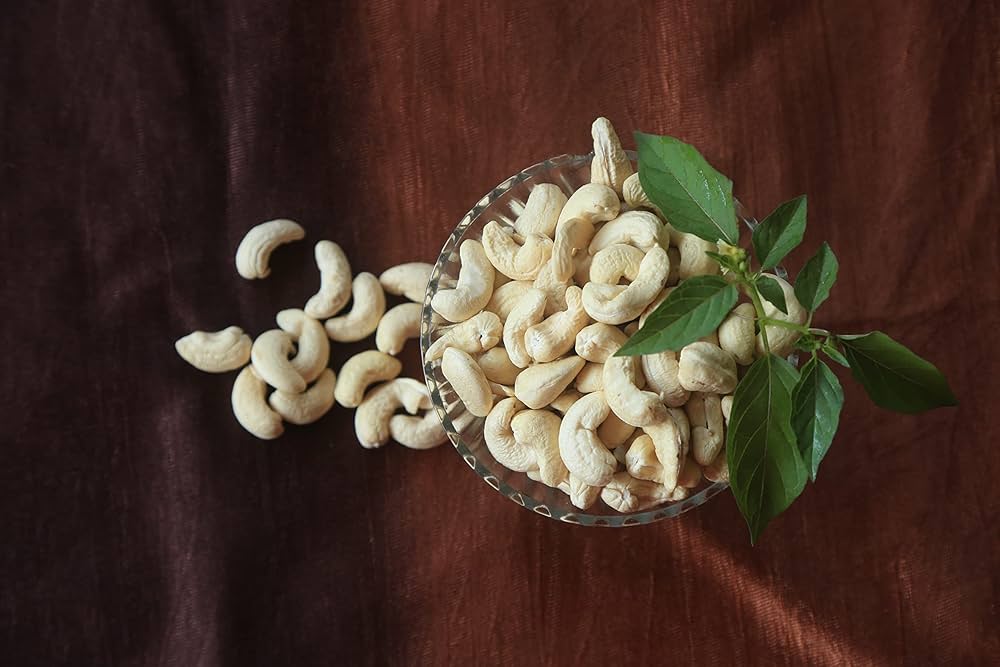
Cashew Nuts
Goa is famous for its cashews—whether plain, salted, or spiced, they’re a must-buy snack or gift.
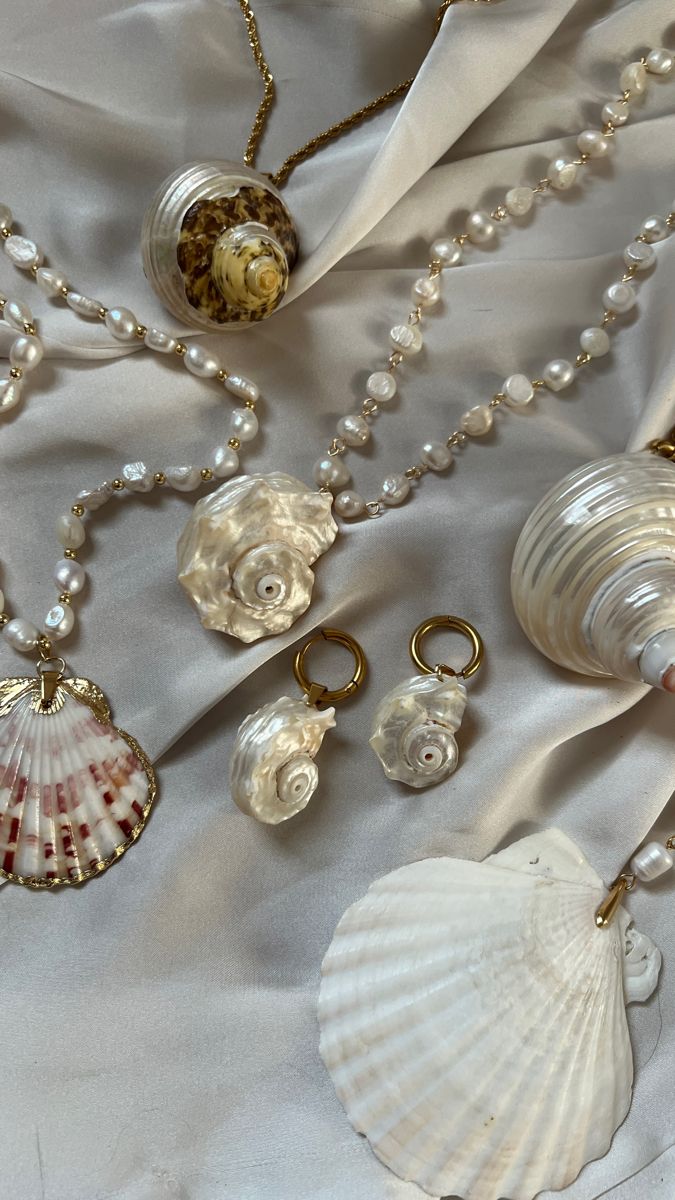
Local Handicraft
From shell jewelry to wooden carvings and crochet items, Panaji offers unique handicrafts that reflect local artistry.
Tourist's Handbook
The best time to visit Panaji is from November to February, when the weather is pleasantly cool and ideal for sightseeing, beach activities, and exploring vibrant markets. This is also the festive season, with events like the Goa Carnival adding extra charm. Avoid the monsoon months of June to September, as heavy rains can disrupt travel plans.
Stay Alert at Beaches – Avoid carrying valuables while swimming or sunbathing. Stick to designated swimming zones.
Beware of Overpriced Rides – Always negotiate taxi or auto fares in advance, or use app-based services.
Watch Your Belongings – Keep an eye on bags and wallets in crowded markets or during festivals.
Drink Responsibly – If enjoying Goa’s nightlife, do not drive under the influence and prefer trusted transport.
Respect Local Culture – Dress modestly when visiting churches or temples, and follow local customs.
Navigating Panaji is easy with its mix of local transport and walkable streets. Auto-rickshaws and taxis are widely available, but it’s best to negotiate fares beforehand or opt for app-based cabs. Renting scooters and bikes is a popular choice among tourists for flexibility. Public buses connect Panaji with nearby towns and beaches at budget-friendly rates. For short distances, exploring on foot lets you enjoy the city’s charming lanes, Portuguese houses, and riverside views.
Overpriced Taxi Rides – Many taxis operate without meters; always negotiate rates or use app-based services.
Beach Shacks Overcharging – Some eateries inflate bills for tourists; check menu prices before ordering.
Fake Handicraft Shops – A few shops sell imported goods as “Goan handicrafts”; buy from government emporiums or reputed stores.
Spurious Nightlife Deals – Beware of touts offering “free entry” or “cheap drinks” in clubs; stick to well-known places for safety.
Timeshare and Resort Scams – Avoid aggressive agents promising “free tours” or “discounted stays” that lead to forced sales pitches.
Panaji Blogs
- Goa Cultural guide
- Places to visit in Panaji
- Places to visit nearby Panaji
- India’s most popular destination
- India’s archaeological marvels
Recommended articles
- Uttar Pradesh Cultural guide
- Places to visit in Varanasi
- Places to visit nearby Varanasi
- India’s most popular destination

